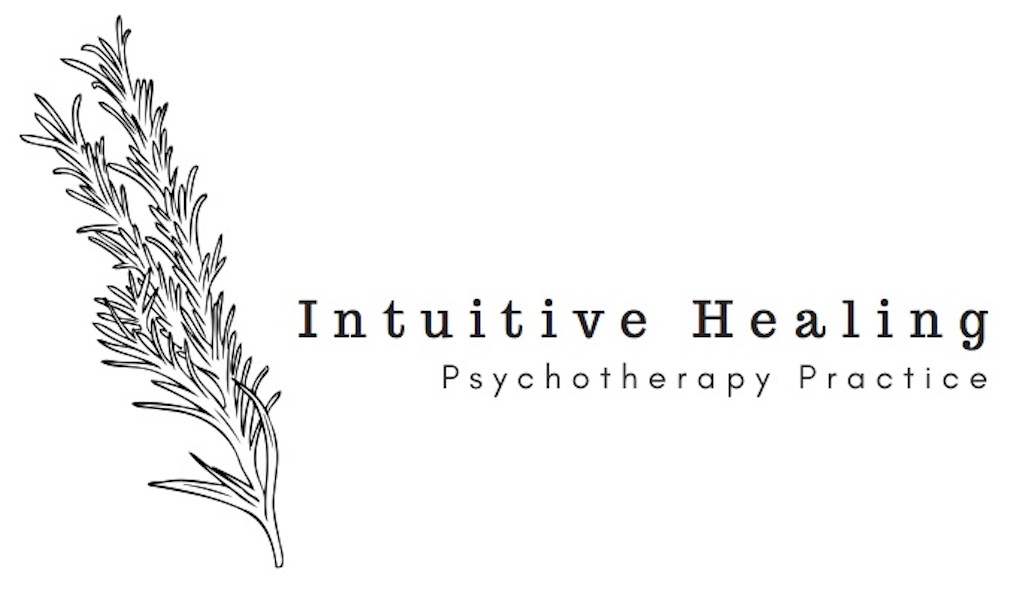The Importance of Community In Challenging Times
Kate Jamison, MHC
In recent years, we’ve faced a series of macro-level challenges—from a pandemic to increasing tension around politics and moral belief systems. These struggles can leave us feeling anxious, disconnected, and overwhelmed. While it's understandable to let fear and sadness spiral into frustration or anger, a more constructive and restorative response lies in the power of community. Building and nurturing strong connections can help us cope and find meaning, even in the hardest of times.
Turning sadness and fear into action: building community
It's common to feel anger when faced with fear or sadness. Anger is often a "secondary" emotion—something we turn to because it feels more immediate or easier to act on. But anger can push us further apart and prevent us from addressing what’s really bothering us. At the root of our sadness or fear is often a need for connection. By shifting our focus from anger to reaching out and building support networks, we can find more active ways to cope. The healing we seek lies in the relationships we form and nurture with friends, neighbors, and larger-scale community.
The healing power of connection
When life feels hopeless, connection becomes even more essential. Relationships give us a sense of belonging and provide emotional and tangible support. Now is a good time to reflect on your own community: What does it look like right now? Does it provide the support and connection you need? Do you feel that you share important core values and belief systems with those close to you? Where does this feel strong, and where are the gaps? Identifying what’s working—and what’s missing—can help you focus on areas where you can make a difference, whether connecting deeper in your existing circles and/or finding folks you feel more aligned with.
Joining local causes
One way to strengthen your community is by getting involved with local causes. Whether it’s participating in mutual aid networks, creating relationships with unhoused neighbors, or joining community gardens, there are countless ways to make an impact in your immediate circles. You don’t need to start a major initiative on your own to contribute. Even small acts—like donating winter clothing or volunteering with a local food equity initiative—can help build a more resilient and connected community.
Leveraging local community
Local mutual aid groups, co-ops, and community care networks are invaluable resources for creating connections. These initiatives bring people together to pool resources, provide support, and meet common needs while organizing against the systems that contribute to the lack of resources available. Look into these networks in your area—whether they’re focused on food security, housing, or mental health—and see how you can contribute. You have more to offer than you think, whether it’s your time, skills, or connections.
Self-care through connection
While our culture often emphasizes self-focus, taking care of yourself doesn’t mean doing everything alone. One of the best ways to care for yourself is by fostering relationships that help you feel seen, supported, and grounded. Strong communities act as safety nets, helping us navigate life’s difficulties with more joy and resilience.
Remember: we all have a role to play
The beauty of community is that everyone has something to contribute to building a more connective, supported world. Reflect on the communities you belong to, identify where you can contribute, and remember that in coming together, we all help one another heal and grow. It’s not about doing everything yourself, but about using what we each have to strengthen our collective resilience.
